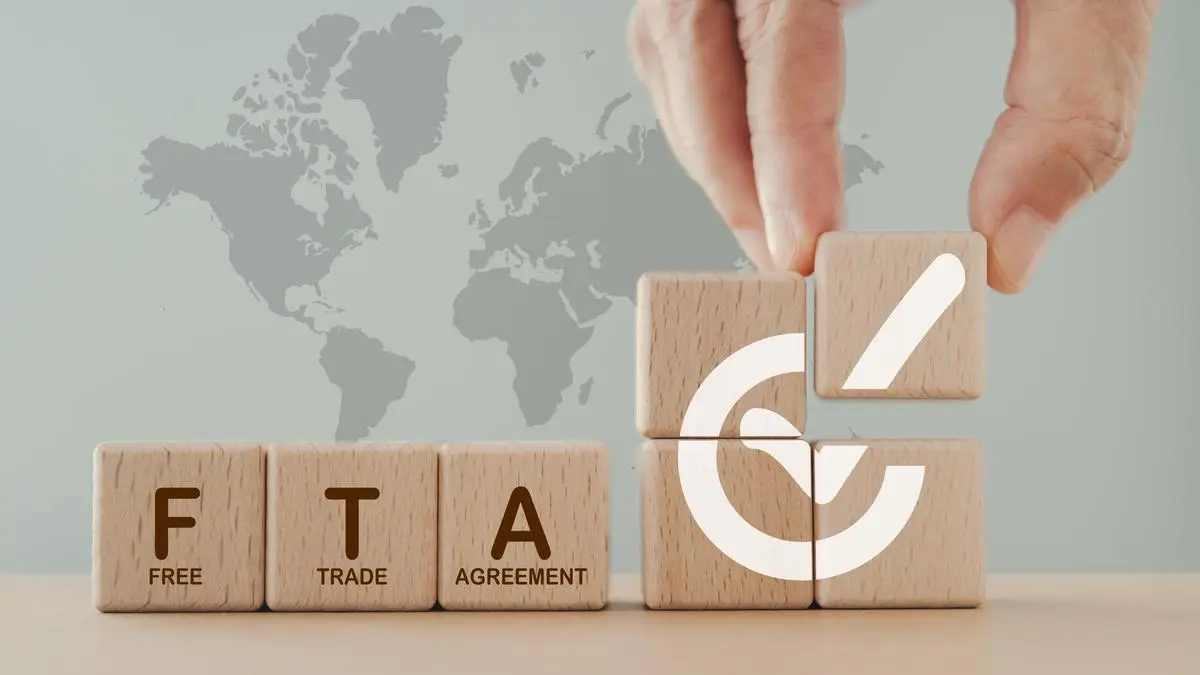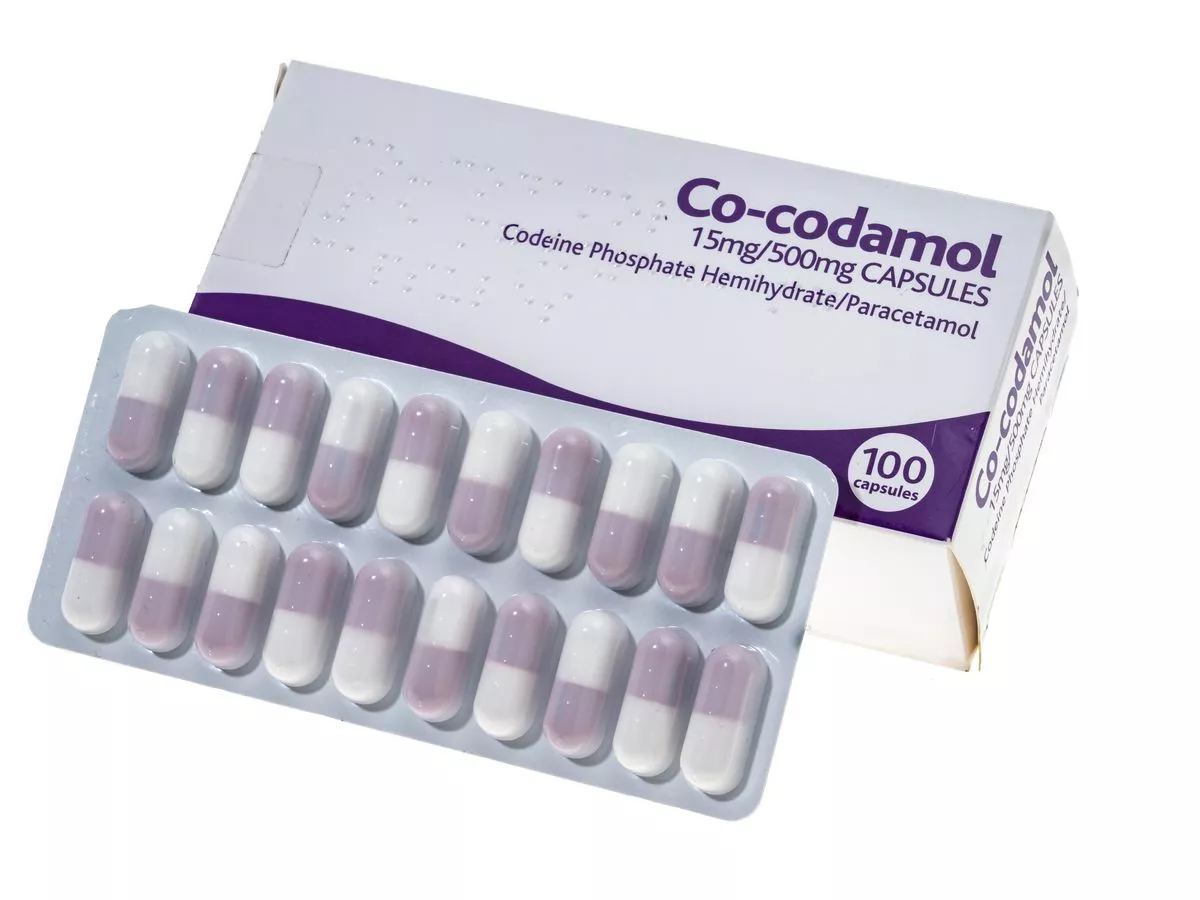Copyright thehindubusinessline

Most of the nitti-gritties of the proposed India-Oman free trade agreement (FTA) have been sorted out but there are still last-mile negotiations going on over India’s demand for relaxations in the Gulf country’s Omanisation policy which prioritises employment of Omani nationals in the private sector, sources said. New Delhi has also been concerned over a possible misuse of the pact by Chinese exporters but is hopeful that the rules of origin, which are tighter for more sensitive items, would help check circumvention. “In the earlier stages of the negotiations, there were disagreements over the number of items to be covered under the pact and Oman’s demand on petrochemicals, but most of the irritants have been sorted out. However, there are still some issues that need to be ironed out related to the Omanisation policy,” a source tracking the matter told businessline. Oman is the third largest trading partner for India in the GCC group of gulf countries with bilateral trade around $8.9 billion in FY24. The FTA, officially called the India-Oman comprehensive economic partnership agreement (CEPA), is a key part of India’s strategy to diversify its trade and gain a stronger foothold in the Gulf region and rest of West Asia. While it will result in more market access for Indian exporters in sectors such as gasoline, iron and steel, electronics, and machinery, which will become duty-free as opposed to 5 per cent duties imposed at present, it is also expected to give a boost to the services sector. Employment quota concerns “It is important for India to sort out its concerns on the Omanisation policy to protect its expats and also for safeguarding opportunities in services exports,” the official said. The Omanisation policy is aimed at bringing down Oman’s reliance on foreign workers by increasing the employment of Omani citizens in the private sector. The government sets mandatory employment quotas for Omani nationals in various private sector industries. These quotas are periodically reviewed and updated. “One of India’s main concerns is that once the CEPA is agreed and formalised, the quota for Omani employment in various sectors should not be increased. If this happens then it could take away the negotiated advantages for India,” the source said. Indian expats comprise about one-fifth of Oman’s population and are estimated at around 9 lakh. India’s key imports from Oman include petroleum products and urea. These account for over 70 per cent of imports. Other important items are propylene and ethylene polymers, pet coke, gypsum, chemicals, and iron and steel. India’s main exports to Oman include petroleum products, iron and steel, rice (particularly basmati), processed minerals, ships, boats, and floating structures, electrical machinery, machinery parts, tea, coffee, spices, fruits and meat products. More Like This Published on September 27, 2025



